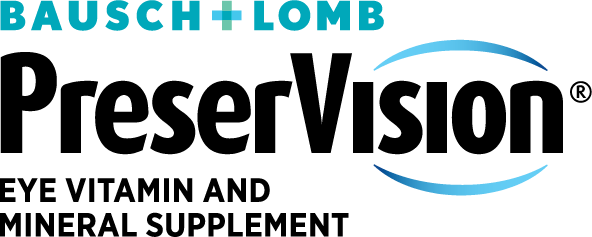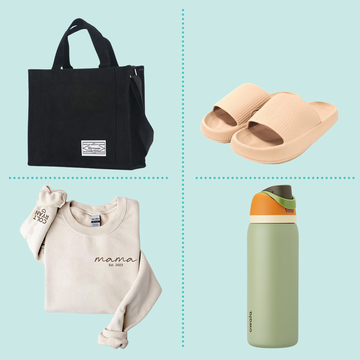Retirement comes with an exciting realization: “Wow, I might actually have some free time!” You’re no longer tied to your work schedule, your kids are grown up, and it’s time to focus on you. Free time can be stressful without activities that you care about, though. That’s why retirement is a perfect time to introduce a new hobby to your daily routine.
Some people have long-percolating hobbies they’ve been wanting to try or return to. But if you’re among the many of us who are in search of a new one, look for something that’s both emotionally satisfying and keeps you active. Photography is a great example, offering a unique combination of physical engagement and creative freedom—the former nurturing the body, and the latter the soul.
We’ve assembled this beginner’s guide for the camera-curious, from tips for picking out a camera to various styles to experiment with. And since clear vision is of paramount importance for this pastime, we’ve also included some strategies for keeping your eyes sharp along the way.
Embrace Digital Cameras (or Your Phone!)
When trying anything new — especially something with an artistic bent — you should not only expect to make mistakes, but actually want to make them. The only way to learn is by doing. That’s why digital cameras are your best friend. While photography used to require frequent spending to develop and print film, it’s now possible to take hundreds of pictures and sort through them instantly. This makes it less cost-prohibitive to analyze what’s working (and what’s not) in your pictures as you take them. In other words: Mistakes are now entirely learning moments, rather than also wasted dollars. There are cameras for all skill and budget levels, so do your research and find one that’s right for you. Not ready to invest in a camera? Use your smartphone and see if you enjoy the process.
Find a Style That Speaks to You
Once you’ve got your instrument, it’s time to get out there. Consider what speaks to you: Are you drawn to portraits? These are a great way to preserve images of people you love. Ask somebody you trust if they’d be willing to sit for a session. You’ll get to practice your art, and they’ll get a set of headshots and/or profile pictures.
Or maybe you’re interested in landscape photography. Draft a list of your favorite views—majestic landscapes, that random street in your neighborhood that you find beautiful for reasons you can’t explain. Visit these places at a time when you won’t be in a rush. Once you arrive, sit with the view for five minutes. What’s jumping out at you? Is it the way the sun hits the trees? The buildings far in the distance? Once you begin taking pictures, your lens will draw itself toward the aspects of the landscape that you most identify with, even if you aren’t conscious of it.
There are a variety of other styles to experiment with as well. Lean into the avant-garde by experimenting with different compositions, filters, and angles. Capture the daily scenes in your neighborhood with street photography. Get classy with black-and-white, or embrace the vibrant world around you with color.
Get Organized
There’s no way around it: If you fall in love with photography, you’re going to end up with a lot of photos. One thing new photographers often overlook is the importance of creating a system to organize them from the get-go. Consider a chronological grouping system, divided by month or year. Geographical groupings are also a solid bet. If you’re working on a computer, make sure to create folders with easily identifiable names, so you’ll be able to find them again without sifting through dozens of indecipherable letters and numbers.
Take Care of Your Most Important Equipment
More than any fancy lens or camera, the eyes are the most vital tool any photographer has. Jeffry Gerson, OD, an optometrist based in Olathe, Kansas who is a spokesperson for the PreserVision eye vitamin brand, tells Good Housekeeping that as people age, they become more likely to develop certain eye conditions, such as cataracts, glaucoma and age-related macular degeneration (AMD). “These conditions are more common than most people think,” he says. “AMD, for example, is the leading cause of vision loss for older adults [defined as 65 years or older] in the United States.”
AMD gradually damages the macula, the area of the eye that’s primarily responsible for seeing fine details. As the disease progresses, it becomes increasingly difficult for people to visualize specifics in their field of vision. “AMD is not like turning out the lights,” Dr. Gerson says. “But it can rob people of their central vision and make it difficult to read or drive or see faces.”
There are multiple lifestyle risk factors that increase the likelihood of developing AMD — Dr. Gerson lists obesity, smoking, and unbalanced nutrition as common culprits — but he’s quick to note that 45%-70% of AMD is estimated to be due to genetics. Aside from general healthy lifestyle choices to mediate the risk factors mentioned above, the most effective preventative step you can take to guard against the disease is to schedule annual eye exams.
This is particularly important since most people don’t experience symptoms of AMD until the condition has reached an advanced stage. Catching it early, on the other hand, allows you and your eye doctor to create a treatment plan to slow its progression. Along with the aforementioned healthy lifestyle choices and constant monitoring of your vision, Dr. Gerson recommends discussing PreserVision AREDS 2 Formula Eye Vitamins with your doctor. These vitamins contain the exact nutrient formula recommended by the National Eye Institute to help reduce the risk of moderate to advanced age-related macular degeneration progression*. “Luckily, we know from very large clinical trials what we should be doing for this condition,” he says. “PreserVision is most useful at a certain level of macular degeneration, which your doctor will be able to identify.”
*This statement has not been evaluated by the Food and Drug Administration. This product is not intended to diagnose, treat, cure or prevent any disease.













